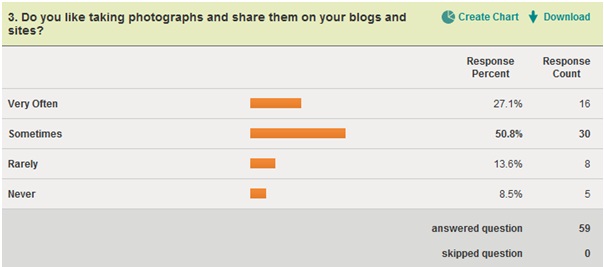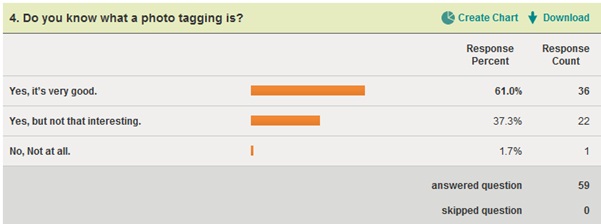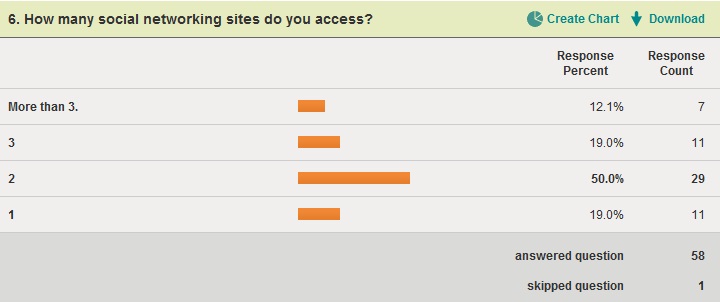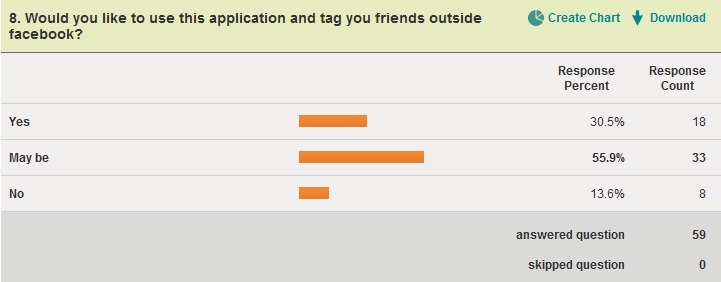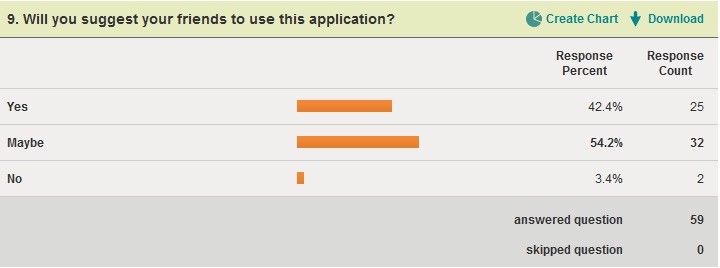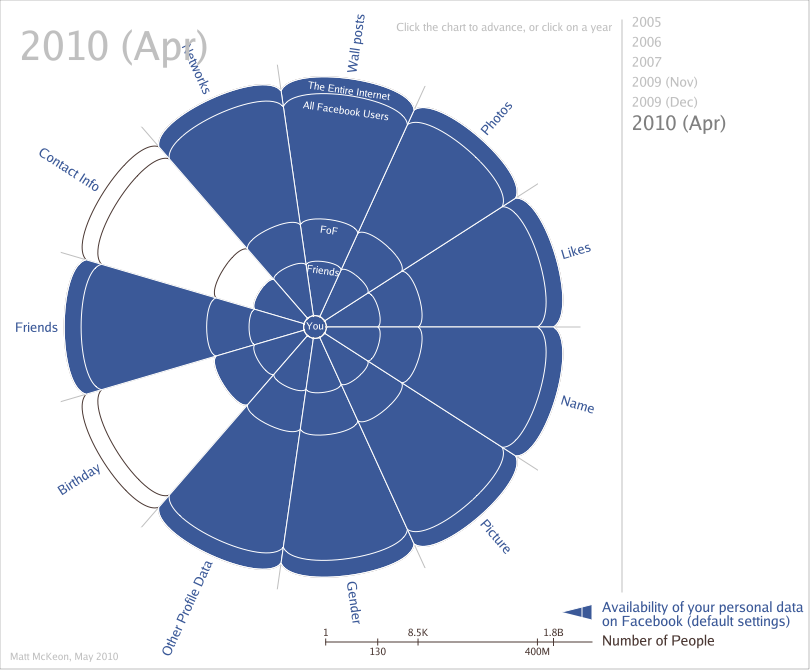Analysis of Decentralized social networking tools.
Introduction
Social networking sites are like walled gardens where we need accounts on various social networking sites to login. But what, if we think of communicating from one social networking site to another. For example, if I have an account in Twitter and I want to communicate with Facebook users, the current social networking sites does not allow that, although the features provided by most of the sites are comparable.

The solution to the above mentioned problem came up with the idea of ‘Decentralized Social Network’. It lets users to sign up to whichever host site they prefer and they would be able to participate and interact with users of any other such host site, with no additional signing up to do. Applications running on any Host site will have access to the Friends List of the user account they are running under, even across Host sites. A user’s profile may even be fragmented across multiple Hosts, with each Host hosting a particular aspect, or type of content for the user.

Now we will compare some of the decentralised social networking tools that are in use and the features they provide.
Tool Comparison :-
MOVIM
Movim aims at being an accessible and multi-lingual platform. Movim-Platform is a set of elements pertaining to a social network. Its simplicity and modularity greatly ease development and robustness of the code.
Features:-
Decentralised technology
It keeps your data secure and under your ownership. It achieves it through the complete decentralisation of user’s data and account. It gives the freedom to the users in registering wherever they want, but it helps you keep in touch with your friends, even if they are on a different server.
Freedom
It is a free open source software respectful of the internet’s fundamental philosophy (neutrality, privacy and freedom).
One protocol to rule them all
Movim relies on the enterprise-class XMPP protocol. With Movim, you will never be locked in by a single vendor, your Gmail and Facebook contacts will be available, and even WLM, Yahoo and many others.
The Movim platform integrates everything you need to connect to your favourite XMPP server and communicate freely.
URL :- http://www.movim.eu/
OneSocialWeb
It aims to connect all social networks and work together. What makes our approach unique is that we use the technology called XMPP the engine behind Instant Messaging. We can reuse many elements available in XMPP and introduce a few missing elements. Learn more about why we use xmpp.
Features :-
A tremendous advantage of XMPP is that in its very nature it tackles security issues that are not straight forward to solve in the web world. Since all traffic is routed through the server and the identity of that server can be validated with signatures issued by Certified Authorities, end users do not need to worry about complex things like signatures to establish secure communication.
Xmpp has been designed to send all messages in real-time using a very efficient push mechanism. Existing web or polling based mechanisms are often making many unnecessary requests introducing network load and are not real-time.
XMPP is already a distributed social web in its own right for the purpose of chatting. With several subtle modifications it could very quickly become a full fledged social web with substantial critical mass.
Points to Improve :-
Fine grained access control: we want to enable both public oriented Twitter like social nodes as well as more private oriented Facebook like social nodes. For this we think it is essential to include fine grained access control at a protocol level. With fine-grained we mean that end users have precise control on who can see or do what: for activities on a per activity basis, for profiles on a field per field basis. This is not only about viewing rights, you could also delegate editing or updating to third parties e.g. you could allow a location provider to update your location.
Offline message store: if a user is offline, normal chat messages are dropped. We need to add an offline message store that stores messages when you are not online. We will effectively put all messages you get in a database so end users can navigate backwards in time.
URL :- http://onesocialweb.org/
StatusNet
It is a FLOSS microblogging server written in PHP that implements the OStatus standard for interoperation between installations. While offering functionality similar to Twitter, StatusNet seeks to provide the potential for open, inter-service and distributed communications between microblogging communities. Enterprises and individuals can install and control their own services and data.
Features :-
Updates via a XMPP/Jabber/Google Talk client
OpenID authentication
Federation support, which provides the ability to subscribe to notices by users on a remote service through the OpenMicroBlogging protocol
OpenMicroBlogging is an open protocol that allows different micro-blogging services to inter-operate. It lets the user of one service subscribe to notices by a user of another service. This enables a federation of new communities[1], as potentially an organization of any size can host a service. OpenMicroBlogging utilizes the OAuth and Yadis protocols and does not depend on any central authority.
SMS updates and notifications
A Twitter-compatible API
Hashtags
Multilingual interface (using Gettext)
Cross-posting to Twitter
Facebook integration
Groups (Bangtags)
Automatic URL-shortening
Geolocations and maps
Live update of stream
Attachments (add files, images, video, audio to dents)
Embedding of content from other sites, like YouTube, Flickr, etc.
Implementation of Salmon Protocol
URL :- http://status.net/
Higgins
It believes that people should have more control over their own information. So they created an assistant to help you manage your online identity. A convenient place to manage your credentials (passwords, OpenIDs, and InfoCards), and a place to control how your personal data is shared with friends and organizations you trust.
Features:-
Active Client Overview
An active client is integrated with your browser and runs on a computer or mobile device. It is a personal identity manager.
You can get information cards from card issuing websites and store them in this selector in much the same way you put business, library, loyalty and payment cards in your wallet.
By clicking on a card you can log into sites. No more passwords.
By clicking on a card you express yourself. No more filling in forms.
You can share cards with friends and businesses you trust.
Some cards create permanent connections to your friends, communities and businesses.
Personal Data Service Overview
A PDS is a cloud-based service that works on behalf of an individual. Its purpose is to give the individual users as much control as possible over their own personal data. The challenge of course is that an individual’s data is stored in thousands of databases distributed across the Internet, are stored under a wide variety of policies including access control rights, are described using few common data models, and cannot be accessed using common protocols.
Information from a variety of data sources (e.g. social networks, telco and health data sources) are virtually integrated by the PDS and presented in a “dashboard” application in a browser or in desktop and mobile clients. The PDS gives you control over your own information by allowing you to share selected subsets of it with other people and organizations that you trust.
Is a service that enables the user to participate as a peer within a distributed personal data ecosystem.
Provides an online profile manager web app that provides an integrated view of the user’s data, the ability update self-asserted data, a way to manage authorizations (e.g. using something like an UMA Authorization Manager) and set policies under which 3rd parties (e.g. apps) gain access to portion of the user’s information.
Implements a Discovery API that allows the user to be discoverable by other people, organizations, apps and exchanges whose inquiries that meet user-defined criteria.
URL :- http://eclipse.org/higgins/
OpenLink Data Spaces
ODS is an industry standards-compliant data space platform that includes a broad collection of distributed collaborative applications covering: blogs, wikis, shared bookmarks, file management, calendaring, email, photo galleries, discussion forums, polls, and more.
Every item of data within an ODS instance is endowed with a de-referenceable URI. This enables any HTTP-compatible client to obtain a negotiated representation of the description of any ODS data item.
Features :-
Platform independent solution for Data Portability via support for all major data interchange standards
Powerful solution for meshing data from a myriad of data sources across Intranets, Extranets, and the Internet
Coherent integration of Blogs, Wikis, and similar systems (native and external) that expose structured Linked Data
Collaborative content authoring and data generation without any exposure to underlying complexities of such activities
URL:- http://demo.openlinksw.com/ods/
Diaspora
Diaspora lets you sort your connections into groups called aspects. Unique to Diaspora, aspects ensure that your photos, stories and jokes are shared only with the people you intend. You own your pictures, and you shouldn’t have to give that up just to share them. You maintain ownership of everything you share on Diaspora, giving you full control over how it’s distributed.
Instead of being a singular portal like Facebook, Diaspora is a distributed network where separate computers connect to each other directly, without going through a central server of some sort.
Once set up, the network could aggregate your information – including your Facebook profile, if you wanted. It could also import things like tweets, RSS feeds, photos, etc., similar to how the social aggregator FriendFeed does. A planned plugin framework could extend these possibilities even further.
Your computer, called a “seed” in the Diaspora setup, could even integrate the connected services in new ways. For example, a photo uploaded to Flickr could automatically be turned into a Twitter post using the caption and link.
When you “friend” another user, you’re actually “friending” that seed, technically speaking. There’s not a centralized server managing those friend connections as there is with Facebook – it’s just two computers talking to each other. Friends can then share their information, content, media and anything else with each other, privately using GPG encryption.
Features :-
Secure sharing of multimedia
3rd party service integration
Voice Over IP integration
A custom instant messaging protocol
Distributed, encrypted backups
OpenID integration
aGPL licensed
URL :- https://joindiaspora.com/



